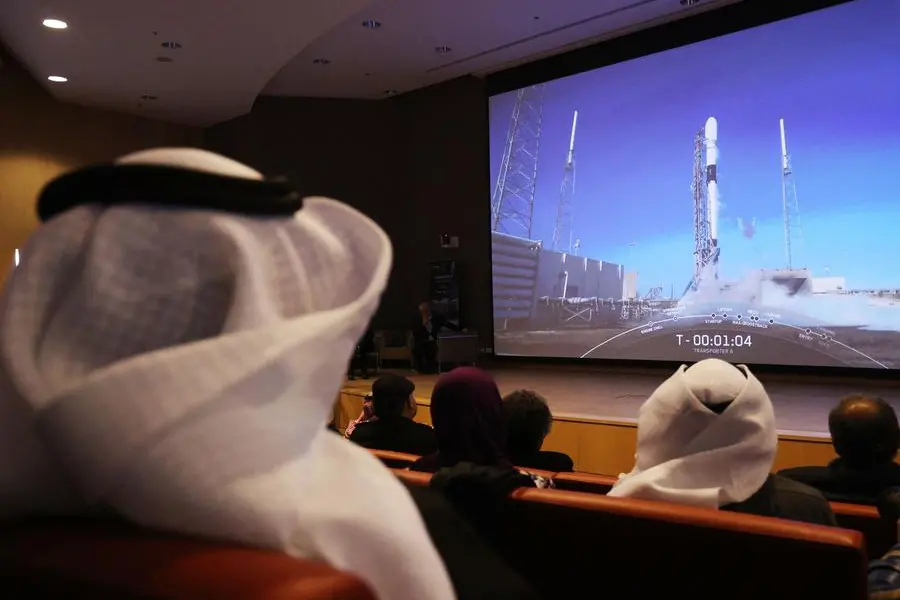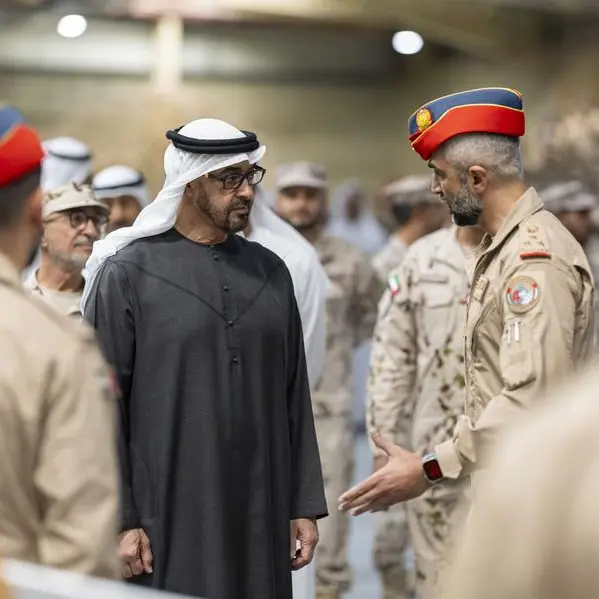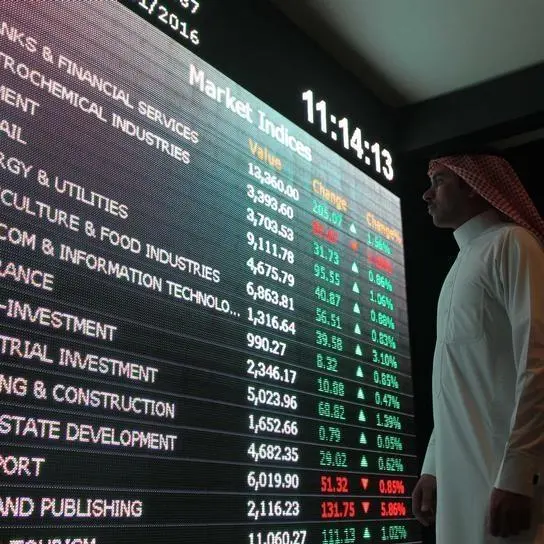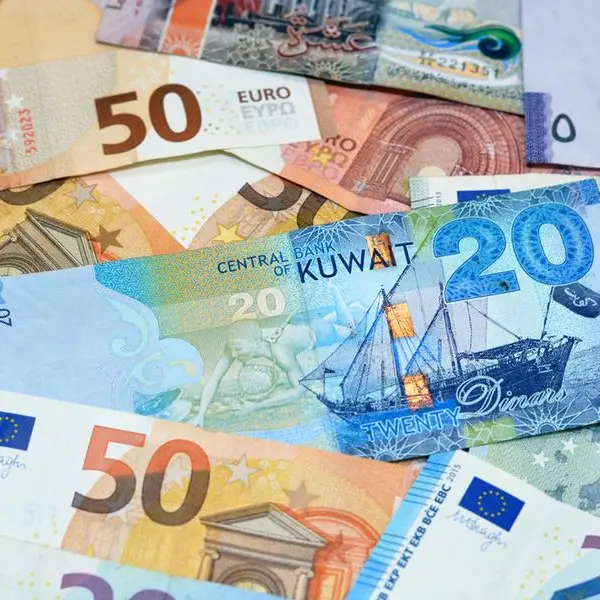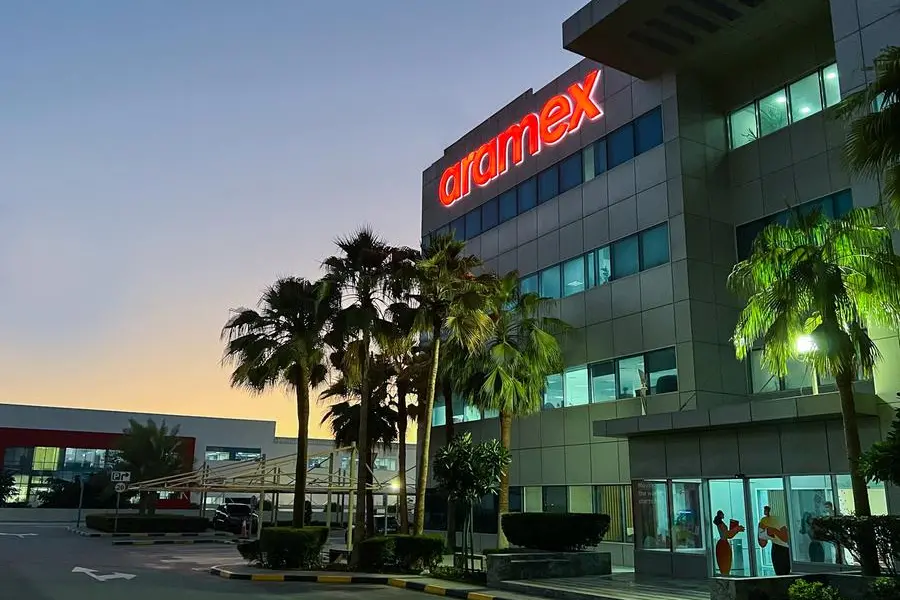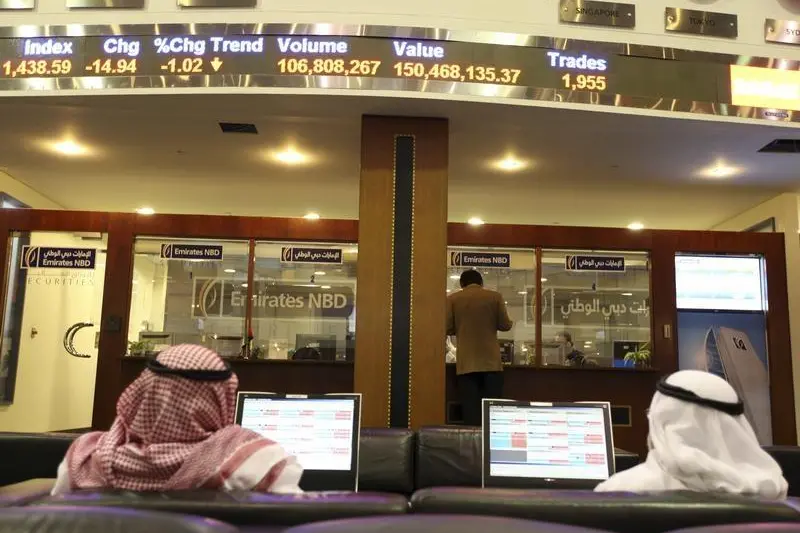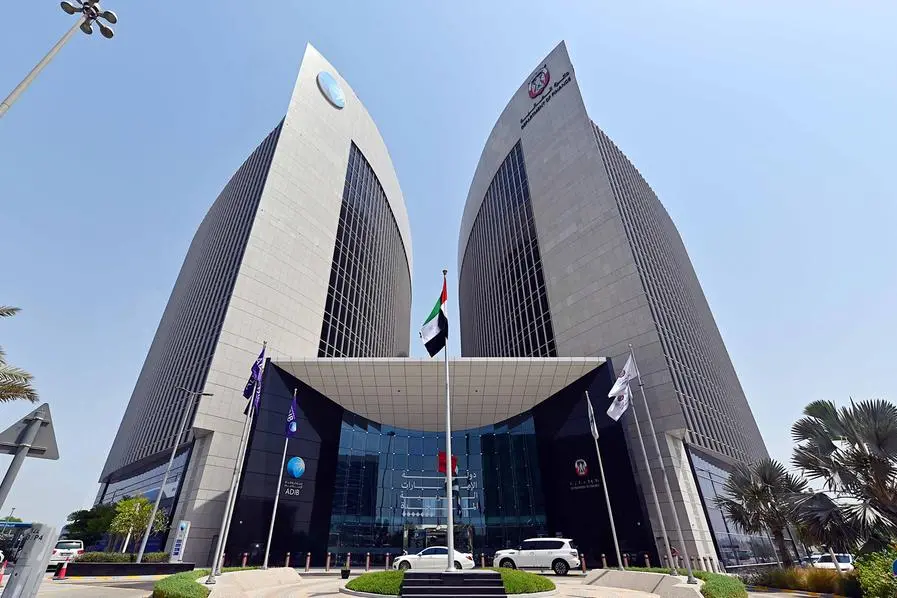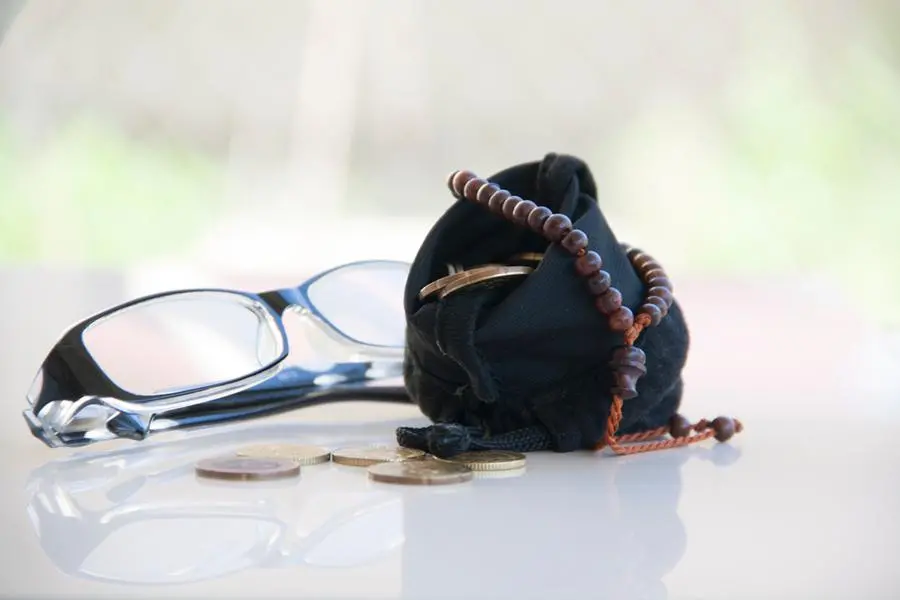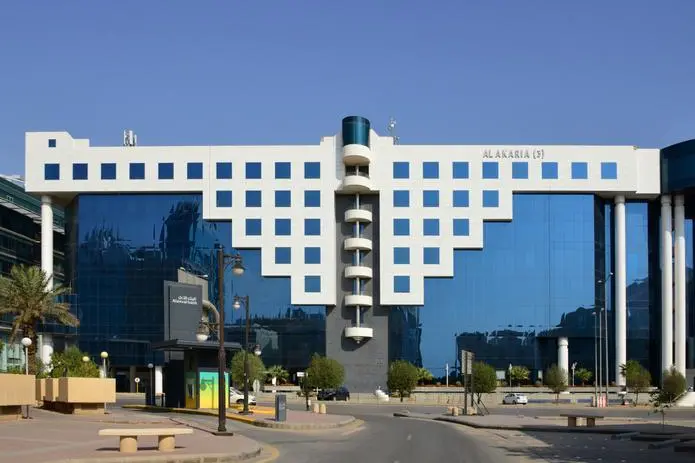PHOTO
Kuwaitis watch a screen displaying a live footage of the first Kuwaiti Satellite (Kuwait Sat-1) launching from Florida, at Kuwait university in Kuwait City on January 3, 2023. (Photo by YASSER AL-ZAYYAT / AFP)
Kuwait’s first satellite was successfully launched into space on Tuesday in what was hailed as a milestone effort in setting up the country’s space industry. “KuwaitSat-1” was launched onboard the SpaceX Falcon 9 from the US State of Florida’s Cape Canaveral, in an endeavor undertaken by Kuwait University and funded by the Kuwait Foundation for the Advancement of Sciences. The launch was the culmination of diligent work over the course of the past three years, aiming to bring Kuwait’s space ambitions to fruition.
The mere thought of sending anything to outer space might be cumbersome to some, but actualizing the step is far more difficult than it appears to be. In the case of KuwaitSat-1, the process took some 1,000 hours of “blood, sweat, and tears” to bring what was once upon a time an idea into frustration, kick starting Kuwait’s journey to the stars. One of the behind the scenes tales of the project was of Ali Al-Damkhi’s, head of KuwaitSat-1’s administrative team.
Al-Damkhi — KuwaitSat-1’s geology, earth science, and environment specialist — was strolling at Kuwait University’s (KU) Khaldiya campus one day heading to the geology department, situated atop the physics section. Instead of heading straight to his destination, Al-Damkhi was stopped by a purple-colored advertisement from Kuwait Foundation for Advancement of Science (KFAS).
The advertisement was sort of a call to arms by the KFAS for those interested in “space”. Al-Damkhi could not erase that from his mind despite finishing his business at KU on that very day. Scrolling down on his Instagram feed, Al-Damkhi saw the advertisement again and felt that he was destined to join this mission. Applying to the project and being accepted after the interview was a dream for the young Al-Damkhi and the words of the project’s director Dr. Hala Al-Jassar kept ringing in his head. He and his fellow project mates were, as Dr. Al-Jassar puts it, are “fully responsible” for the project and they will succeed because the heads of Kuwait- Sat-1 believed in “their capabilities”.
Strenuous work
A tremendous amount of strenuous work was involved in the initial phases of the project but Al-Damkhi — mainly involved in the environmental portion of the satellite mission — was venturing on bravely. In contrast to Al-Damkhi’s journey into KuwaitSat-1, Abdullah Al- Khatem was not guided by that almost magical encounter with the KFAS advertisement. A member of the project’s team and childhood friend nominated him to join in the mission.
Al-Khatem, a photography enthusiast and volunteer worker, was tasked with informing the masses of the project through social media as well as taking project-related photographs. In the opening chapter of his college life, Al-Khatem moved away from science into studying media and with a twist of fate, he went back into science after graduation through a project which utilized his media talents.
Initially, the task at hand seemed like huge as a mountain to conquer, but gradually with the helping hands and support of KuwaitSat-1 teammates, Al-Khatem found his groove, believing fully in the real potential of the project despite his doubts at first. While surrounded by scientists and students of knowledge, Al-Khatem felt out of place, but gradually he began to feel the importance of documenting and providing support to his team. His task, no matter how minimal, is part of a team effort to get that piece of metal, wires, and computer chips to space. For Sarah Iskandar, a mechanical engineer, her entry point into the project was through a professor in college. In 2019, Iskandar did not register at first and preferred to focus on her graduation project.
She, however, took a leap of faith after graduation and signing up to join the project in need of newly graduated students and becoming a member of the team. Iskandar parents were enthusiastic about the project but began to worry over Sarah’s full immersion into the task, a matter, which might affect her quest for a job and her post-graduate studies. Nevertheless, Iskandar marched on despite the pressure and she never looked back. Closer to realizing the dream, Sarah Iskandar now is anxiously optimistic, but she has faith in the effort put in assembling and producing KuwaitSat-1.
Now, Anfal Al-Lenqawi’s involvement in the project is not far different from aforementioned team member Al-Damkhi. One day, KU’s Oceanology student, Al-Lenqawi was strolling around college and she encountered the purplecolored space project advertisement. Through the induction process and hours upon hours of work, Al-Lenqawi was tasked with analyzing the environmental data soon to be sent by the satellite once in orbit.
As soon as the launch is successful, Al-Lenqawi would be waiting for data to beam down into earth, a process of four hours and two minutes, which might as well be an eternity for this specific team member. The dynamic duo of mechanical engineers Dana Al-Otaibi and Maha Al-Kharji had varying stories on how they join the team, Al-Otaibi applied and was accepted in the first batch, Al- Kharji, on the other hand, kept waiting for what it felt like eons to hear the good news.
(KUNA)
© 2022 Arab Times Kuwait English Daily. All Rights Reserved. Provided by SyndiGate Media Inc. (Syndigate.info).
